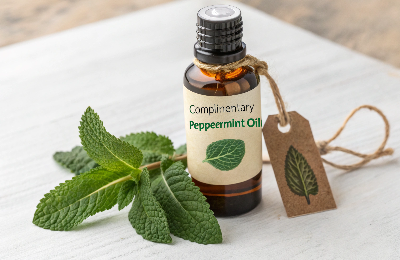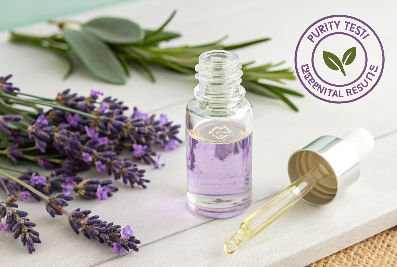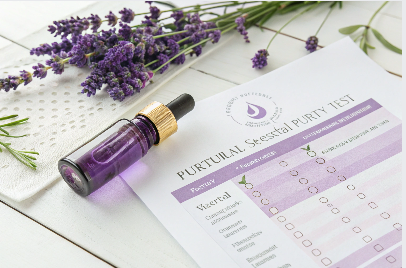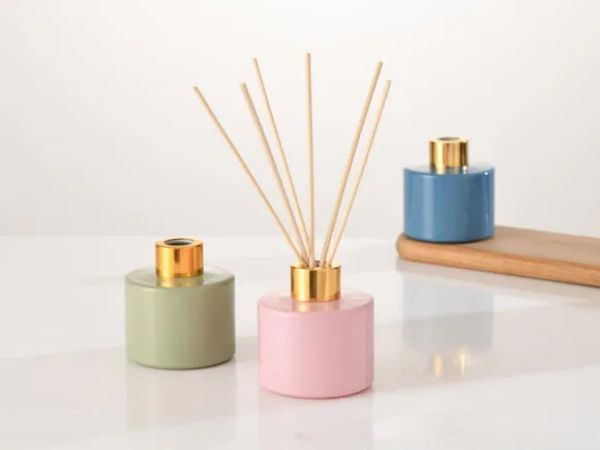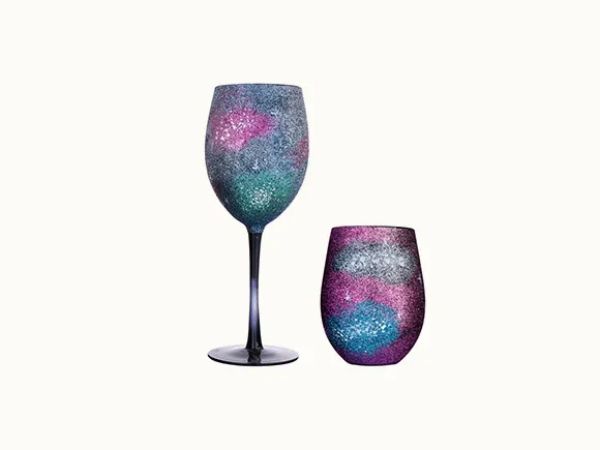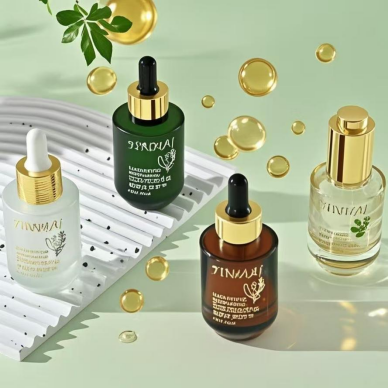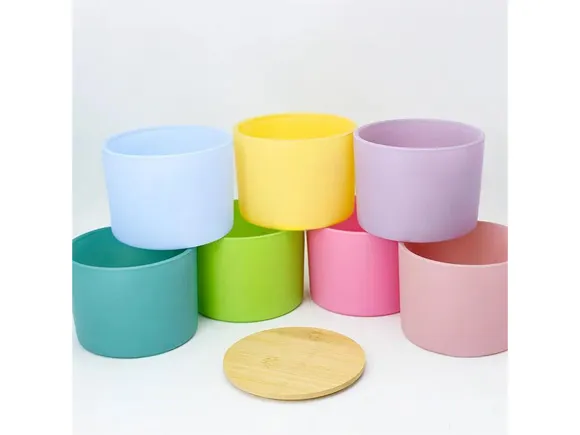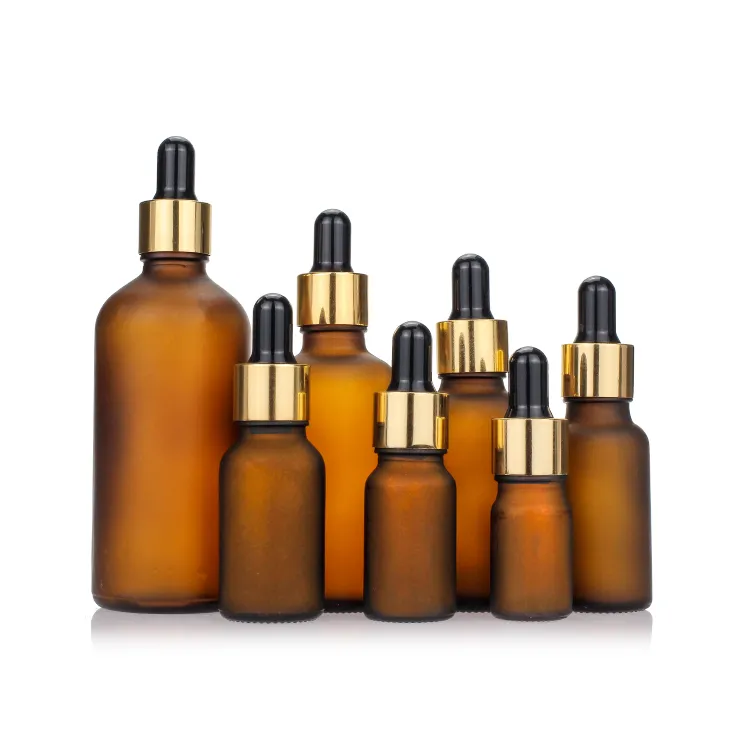Lavender may be the most beloved essential oil in the world—but not all lavender oils are created equal.
To choose the best lavender essential oil, check its Latin name, source region, purity testing (GC/MS), and packaging. True lavender should be labeled Lavandula angustifolia and come from reputable, transparent suppliers.
At PauPack, we guide skincare and wellness brands every day on sourcing high-quality lavender oil for serums, rollers, and diffusers. Whether you're launching your first aromatherapy line or upgrading a calming blend, knowing how to select the right lavender is step one.
What to Look for When Buying Lavender Essential Oil?
Lavender oil should calm your senses—not confuse your buying process.
When buying lavender essential oil, look for the correct botanical name (Lavandula angustifolia), sourcing region, GC/MS test results, and secure UV-protected packaging.
Here’s what really matters:
1. Botanical Name
Make sure it’s Lavandula angustifolia (true lavender). If it says Lavandula x intermedia (lavandin), you’re getting a hybrid—not the same therapeutic properties.
2. Origin Matters
Some oils are grown for fragrance, not efficacy. Look for oils from:
-
France – Soft and floral
-
Bulgaria – Sweet and herbaceous
-
Tasmania – Clean and vibrant
3. Purity Reports
Reputable suppliers provide GC/MS testing (Gas Chromatography/Mass Spectrometry) that confirms:
-
No synthetic additives
-
Balanced linalool and linalyl acetate (key compounds)
4. Dark Glass Packaging
Amber or cobalt glass bottles protect the oil from UV rays. At PauPack, we offer lavender oil packaging in 5ml to 50ml dropper bottles with airtight caps, ideal for maintaining oil integrity.
| Buying Criteria | Why It Matters |
|---|---|
| Latin Name (L. angustifolia) | Ensures therapeutic-grade oil |
| Country of Origin | Impacts scent, strength, price |
| GC/MS Tested | Confirms chemical authenticity |
| Amber Glass Bottle | Protects from UV degradation |
So before you “buy the pretty label,” ask: Is this a therapeutic oil or a fragrant filler? At PauPack, we help you package the real thing, not a lookalike.
Is French or English Lavender Better?
Different climates produce different outcomes—even from the same plant.
French lavender and English lavender both come from Lavandula angustifolia, but French lavender is often softer and more floral, while English lavender tends to be sweeter and more concentrated in therapeutic compounds.
Key Differences:
| Feature | French Lavender | English Lavender |
|---|---|---|
| Aroma Profile | Floral, light, airy | Sweet, slightly sharper |
| Climate | Warm, Mediterranean | Cooler, wetter (UK climates) |
| Main Use | Fragrance, luxury skincare | Therapeutic blends, oils |
| Linalyl Acetate | Lower (calmer scent) | Higher (stronger therapeutic) |
So which is “better”? That depends on your brand’s focus.
-
For spa products and perfume rollers → French might win.
-
For calming sprays, headache blends, sleep rollers → English wins for strength.
At PauPack, we’ve seen many clients combine both: using French lavender in diffusers and creams, and English lavender in targeted aromatherapy oils. With our custom label solutions, they can clearly differentiate each one for their customers.
How to Know if a Lavender Essential Oil Is Pure?
Sadly, many oils on the market are diluted, perfumed, or worse—synthetic.
To know if lavender oil is pure, look for GC/MS lab testing, a single Latin name on the label (Lavandula angustifolia), and no additives listed. The scent should be clean and not overly sweet.
Checklist for Purity:
-
One Ingredient Only: No carrier oils unless clearly stated.
-
No Parfum or Fragrance Oils: These are NOT essential oils.
-
Third-Party Tested: Look for transparency.
-
Consistent Batch Info: Lot number and origin provided.
-
Packaging Integrity: Dark glass with sealed cap.
Quick At-Home Tests:
-
Blot Test: Place a drop on white paper. If it leaves an oily ring after hours, it’s likely diluted.
-
Scent Test: True lavender has a soft floral herbaceous scent—not a sharp perfume punch.
Our PauPack packaging helps preserve oil purity by offering UV-blocking glass, airtight dropper systems, and leak-proof shipping options. Brands that care about purity trust us to keep it intact from factory to front door.
Which Is Better, French or Bulgarian Lavender?
Both are premium—but the soil tells the story.
French lavender is known for its light floral profile, while Bulgarian lavender is deeper, sweeter, and often considered more therapeutic due to higher linalool content.
| Comparison Aspect | French Lavender | Bulgarian Lavender |
|---|---|---|
| Scent | Soft, powdery, floral | Rich, sweet, herbaceous |
| Strength | Moderate | Strong |
| Ideal Use | Perfume, creams | Aromatherapy, skincare |
| Price | Mid to high | Often higher due to potency |
So if you're formulating a relaxation blend or sleep oil, Bulgarian might give you that edge. If you’re producing hand creams or face mists, French lavender adds elegance without overpowering the product.
Many of our clients launch product lines featuring both—labeling each clearly with region-specific marketing. With PauPack’s OEM packaging, you can create custom labels and bottle designs that highlight the unique origin and aroma of each variant.
Conclusion
The best lavender essential oil is one that’s pure, regionally authentic, and packaged to protect its power. At PauPack, we help you choose and bottle lavender oils that do more than smell good—they build trust, soothe customers, and sell beautifully.




